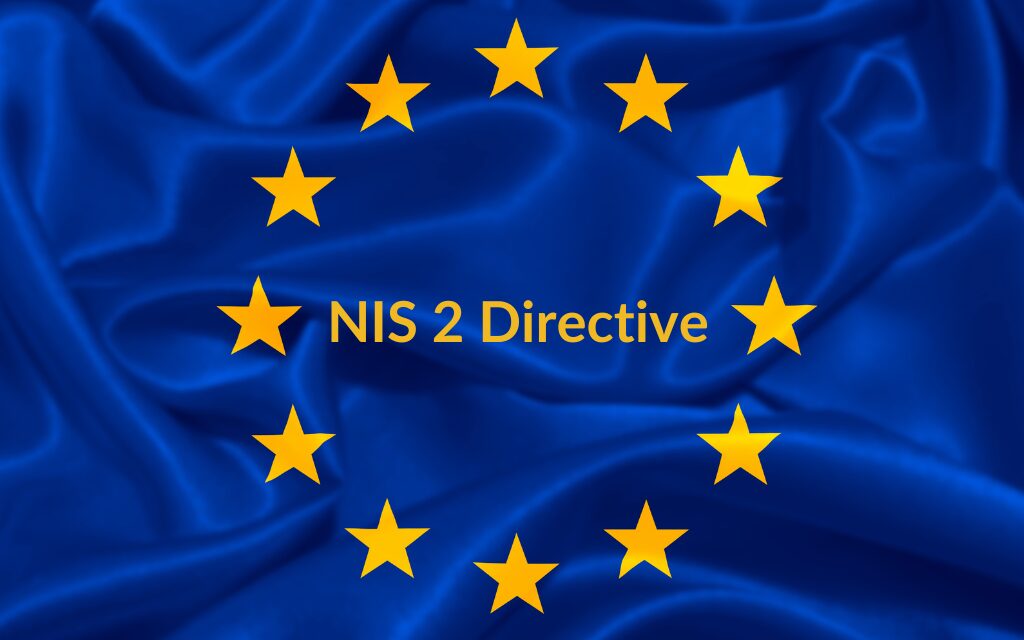NIS 2 Directive: Strengthening IoT Security in the EU
NIS 2 Directive: Strengthening IoT Security in the EU
In today’s interconnected world, the Internet of Things (IoT) plays a crucial role in various sectors, from healthcare and transportation to energy and critical infrastructure. However, with the increasing reliance on IoT devices comes the heightened risk of cybersecurity threats. To address these challenges and enhance cybersecurity measures across the European Union (EU), the NIS 2 Directive (Directive (EU) 2022/2555) was introduced. In this blog post, we’ll explore how the NIS 2 Directive impacts IoT security and what it means for businesses operating in the IoT space.
Understanding the NIS 2 Directive
The NIS 2 Directive aims to achieve a high common level of cybersecurity across the EU by requiring essential and important entities to implement appropriate measures to manage cybersecurity risks. Published in December 2022, the directive mandates Member States to adopt and apply these measures by October 17, 2024. It also repeals the previous NIS Directive (Directive 2016/1148/EC) and introduces key changes to strengthen cybersecurity resilience.
Implications for IoT Security
IoT devices are integral components of critical infrastructure and essential services, making them prime targets for cyberattacks. The NIS 2 Directive extends its scope to include medium-sized and large entities operating in sectors covered by the directive, such as IoT providers and manufacturers. This expansion means that IoT companies must comply with the directive’s cybersecurity requirements and reporting obligations.
Key Requirements for IoT Security
Under the NIS 2 Directive, IoT providers and manufacturers are required to take appropriate technical, operational, and organizational measures to manage cybersecurity risks. These measures include:
Incident Handling
- Establishing protocols for detecting, responding to, and mitigating cybersecurity incidents involving IoT devices.
- Business Continuity: Implementing backup management, disaster recovery, and crisis management plans to ensure uninterrupted IoT services.
- Supply Chain Security: Assessing and addressing cybersecurity risks in supplier relationships and supply chains to prevent vulnerabilities.
- Security in IoT Development: Incorporating cybersecurity measures into the design, development, and maintenance of IoT devices to prevent exploitation.
- Cybersecurity Training: Providing regular training for employees to enhance their awareness of cybersecurity risks and best practices for IoT security.
Ensuring Compliance
To comply with the NIS 2 Directive, IoT companies must conduct risk assessments, implement cybersecurity measures, and report significant incidents to relevant authorities. Non-EU entities offering IoT services within the EU must designate a representative in the EU to ensure compliance with the directive’s requirements.
Benefits of Compliance
By adhering to the NIS 2 Directive, IoT companies can enhance their cybersecurity posture, mitigate risks, and protect their IoT ecosystems from cyber threats. Compliance also fosters trust among consumers, partners, and regulatory authorities, demonstrating a commitment to cybersecurity and data protection.
The NIS 2 Directive represents a significant step towards strengthening IoT security in the EU. By imposing cybersecurity requirements and reporting obligations on IoT providers and manufacturers, the directive aims to enhance cybersecurity resilience across critical sectors. As IoT continues to evolve and expand, compliance with the NIS 2 Directive will be essential for safeguarding IoT ecosystems and maintaining trust in connected devices.
Incorporating IoT security measures outlined in the NIS 2 Directive can help businesses navigate the complex landscape of cybersecurity threats and ensure the resilience of their IoT deployments. As we embrace the opportunities presented by IoT technologies, prioritizing cybersecurity will be paramount in safeguarding digital infrastructures and protecting sensitive data.
Learn more about how your organization can achieve compliance with the NIS 2 Directive and strengthen its cybersecurity posture. Contact us today to discuss your IoT security needs and explore tailored solutions for enhanced protection against cyber threats.
Share
